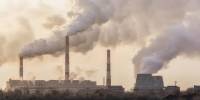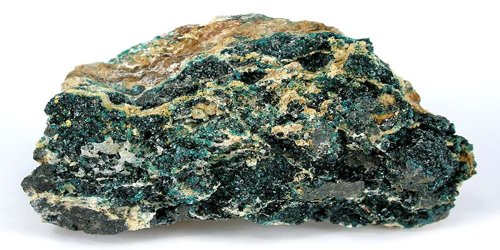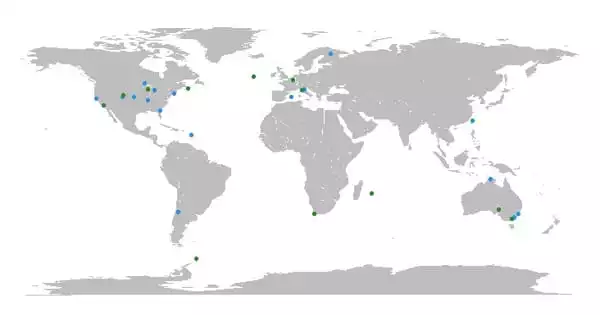Temperature, wind patterns, and atmospheric instability are all factors that can influence aviation turbulence. While climate change can have an impact on these factors, the relationship between global warming and aviation turbulence is complicated and not fully understood. However, some scientific studies suggest that as the world warms, the intensity and frequency of certain types of turbulence may increase.
According to new research, clear-air turbulence increased in various regions around the world between 1979 and 2020. Scientists discovered that the skies through which aircraft fly are bumpier today than they were four decades ago, based on a new analysis that found that turbulence has increased as the climate has changed.
New research from the University of Reading shows that clear-air turbulence, which is invisible and hazardous to aircraft, has increased in various regions around the world.
Turbulence makes flights bumpy and can occasionally be dangerous. Airlines will need to start thinking about how they will manage the increased turbulence, as it costs the industry $150-500m annually in the USA alone.
Mark Prosser
The total annual duration of severe turbulence increased by 55% from 17.7 hours in 1979 to 27.4 hours in 2020 at a typical point over the North Atlantic, one of the world’s busiest flight routes, according to the research. From 70.0 to 96.1 hours, moderate turbulence increased by 37%, while light turbulence increased by 17% from 466.5 to 546.8 hours.
The study’s authors, who published their findings in Geophysical Research Letters, say the increases are consistent with the effects of climate change. Warmer air from CO2 emissions increases wind shear in jet streams, increasing clear-air turbulence in the North Atlantic and around the world.
Ph.D. researcher Mark Prosser said: “Turbulence makes flights bumpy and can occasionally be dangerous. Airlines will need to start thinking about how they will manage the increased turbulence, as it costs the industry $150-500m annually in the USA alone. Every additional minute spent travelling through turbulence increases wear-and-tear on the aircraft, as well as the risk of injuries to passengers and flight attendants.”

Warmer air can hold more moisture, resulting in stronger convective currents and thunderstorms. These convective currents can cause severe turbulence, especially in areas where thunderstorms are common, such as tropical areas. Climate change can also have an impact on the jet stream, a high-altitude wind pattern that plays an important role in aviation. Changes in the strength and position of the jet stream can cause changes in wind shear, which can contribute to turbulence.
While the United States and the North Atlantic have seen the greatest increases in turbulence, the new study discovered that other busy flight routes over Europe, the Middle East, and the South Atlantic have also seen significant increases.
Professor Paul Williams, an atmospheric scientist at the University of Reading who co-authored the study, stated, “Following a decade of research showing that climate change will increase clear-air turbulence in the future, we now have evidence suggesting that the increase has already begun.” We should invest in better turbulence forecasting and detection systems to prevent bumpier flights in the coming decades.”
















